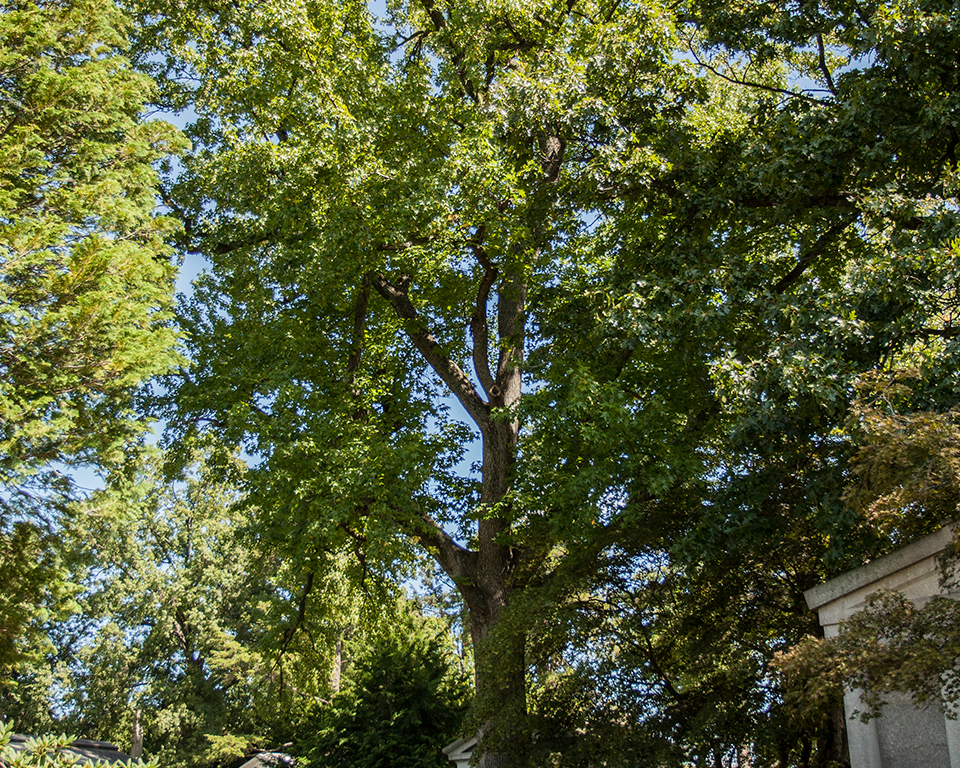LIQUIDAMBAR STYRACIFLUA – SWEETGUM, AMERICAN

Although it grows at a moderate pace, Sweetgum is rarely attacked by pests (except for a trunk canker), and tolerates wet soils, but chlorosis is often seen in alkaline soils. Trees grow well in deep soil, poorly in shallow, droughty soil.
Sweet Gum is difficult to transplant and is often planted from containers or transplanted in the spring when young. It is native to bottomlands and moist soils and tolerates only some (if any) drought. Existing trees often die-back near the top of the crown, apparently due to extreme sensitivity to construction injury to the root system, or drought injury. The tree leafs out early in the spring and is occasionally damaged by frost.
Be careful when locating Sweetgum as a street tree since its large, aggressive roots may lift curbs and sidewalks, especially if soil is compacted. Plant trees 8 to 10 feet or more from curbs and walks. Some communities have large numbers of Sweetgum planted as street trees, especially in California. They perform well there in that role. Much of the root system is shallow (particularly in its native, moist habitat), but there are deep vertical roots directly beneath the trunk in well-drained and in some other soils. Trees tend to have a low failure rate meaning that branches break from these trees less often than from some other trees.
The cultivar `Rotundiloba’ is fruitless and might be a good choice for urban landscapes where the dropping fruit of the species would be a nuisance. ‘Emerald Sentinal’ is a new cultivar maturing at about 30 feet with a narrow canopy, perhaps only 12 feet wide. The tree should be planted only in soil with a pH of 7 or less. The seeds of the species provide good food for wildlife including cardinals, morning doves, and blue jays. Seeds readily germinate in shrub and groundcover beds, requiring their removal to maintain a neat landscape appearance. Tree thickets form in this manner, creating dense monocultures of Sweetgum.
Wood weighs about 52 pounds per cubic foot. Allergy from pollen is mild for many, more severe for others.

